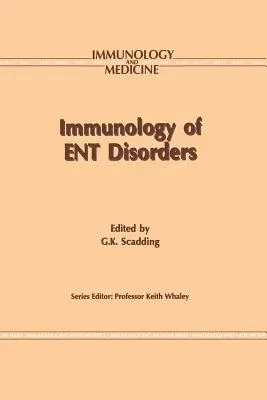Immunology of Ent Disorders (Softcover Reprint of the Original 1st 1994)Paperback - Softcover Reprint of the Original 1st 1994, 3 October 2013

Qty
1
Turbo
Ships in 2 - 3 days
In Stock
Free Delivery
Cash on Delivery
15 Days
Free Returns
Secure Checkout
Part of Series
Immunology and Medicine
Print Length
230 pages
Language
English
Publisher
Springer
Date Published
3 Oct 2013
ISBN-10
9401046298
ISBN-13
9789401046299
Description
Product Details
Book Edition:
Softcover Reprint of the Original 1st 1994
Book Format:
Paperback
Country of Origin:
NL
Date Published:
3 October 2013
Dimensions:
23.39 x
15.6 x
1.3 cm
ISBN-10:
9401046298
ISBN-13:
9789401046299
Language:
English
Location:
Dordrecht
Pages:
230
Publisher:
Series:
Weight:
344.73 gm

